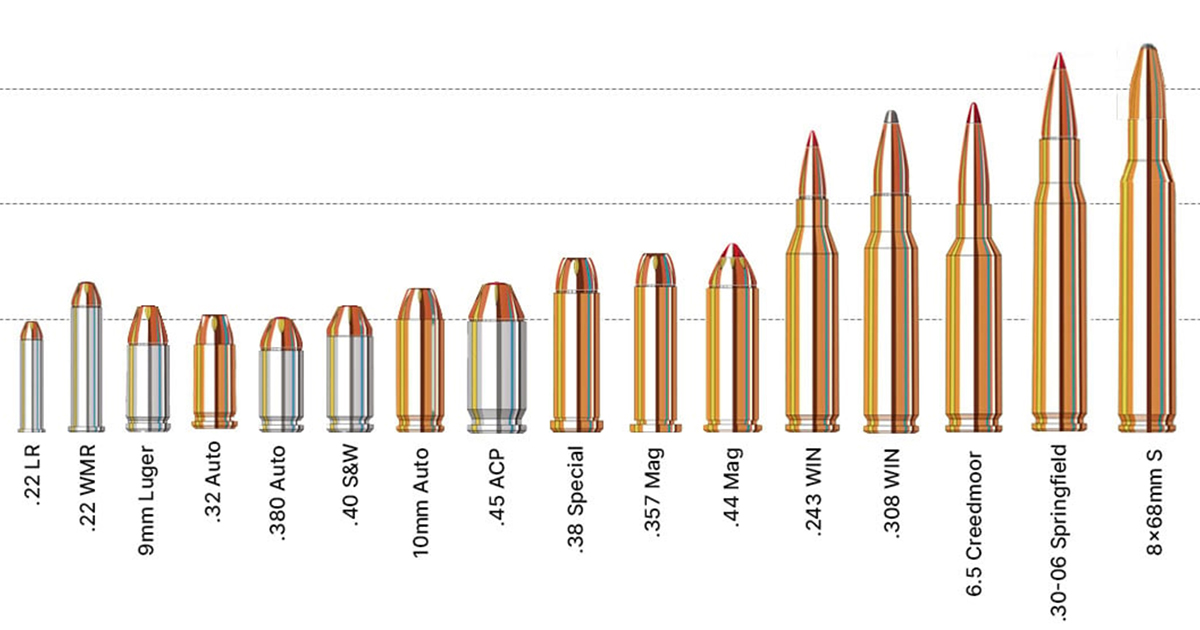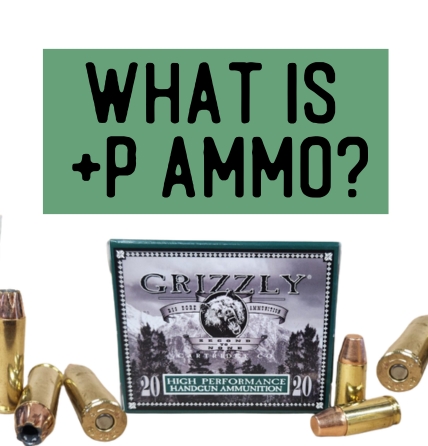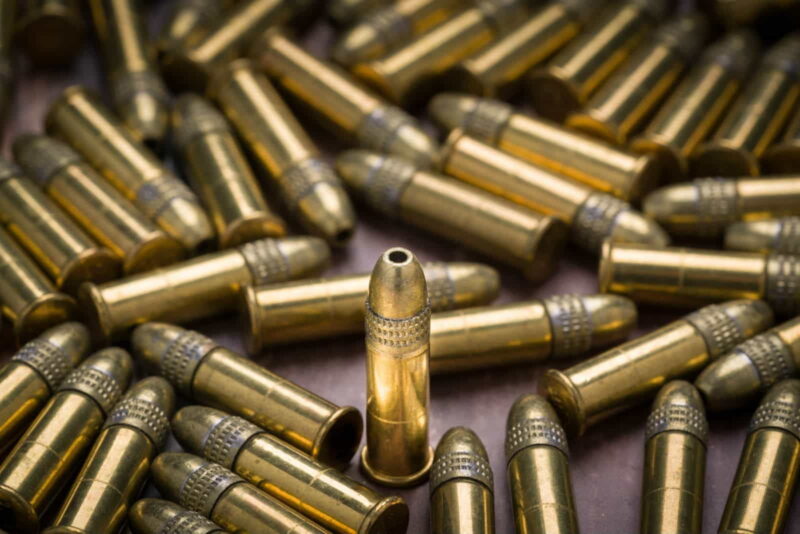Ammunition Pro Llc Fundamentals Explained
Ammunition Pro Llc Fundamentals Explained
Blog Article
Fascination About Ammunition Pro Llc
Table of ContentsThe Facts About Ammunition Pro Llc UncoveredGet This Report about Ammunition Pro LlcAn Unbiased View of Ammunition Pro LlcRumored Buzz on Ammunition Pro LlcExamine This Report on Ammunition Pro Llc
The basic components of ammo are the same for rifle, gun, and shotgun ammunition. Recognizing exactly how ammunition functions is an essential aspect in being a responsible weapon proprietor. Today we're looking at the what the basic parts of ammunition are and just how they work with each other to fire a round. The fundamental parts of ammo shown on a 9mm. Online Ammunition Store round.It houses the primer and powder. The bullet is seated in the open end of the instance. When you terminate a bullet out of a semi-auto gun, the gun's extractor lifts the instance from the firing chamber and it flies out of the weapon. The case is likewise in some cases referred to as shells, brass, or housings.
A gun's firing pin strikes a cartridge's primer. The guide is a steel cup that holds an eruptive chemical substance. When the firing pin strikes the guide cap, it squashes the priming substance against the anvil. This creates a little explosion in the event that sparks the propellant. The guide lies in the edge of the instance of a rimfire cartridge.
Ammunition Pro Llc - Questions
Gunpowder next to the case that normally contains it. It is usually a mix of saltpeter, charcoal, and sulfur.

We call the projectiles for shotshells, which we terminate via shotguns, slugs and shot. A slug is one strong piece, normally constructed out of lead. Shot is a group of pellets made out of lead, steel, bismuth, or tungsten alloy. Shot pellets can can be found in various dimensions and quantities. Currently that you have a basic understanding of the basic components of ammo, you can really feel a bit a lot more positive in exactly how your gun and ammunition feature!.
The Ultimate Guide To Ammunition Pro Llc
Stay on top of Special Deals, Breakthrough Notice of Sales, and Store Occasions
Enjoyable reality: Grains are used to describe the mass of a bullet since completely back in the early days of weapons, it was a dispenser's device of measurement, and a common denominator was needed to identify just how much result in use to make cast lead bullets (Discount Ammo). 'Grains' as an unit of procedure for weight goes all the means back to ancient times, and represents the weight of a grain of wheat

(https://www.moptu.com/ammunitiondde)For reference, the weight of a paper clip has to do with 16 gr. So, we understand that grains are a step of mass, and a lot more = much heavier, and heavy is good, best? Yes, hefty is excellent, however mass of the projectile isn't the only thing you need to take into consideration when choosing a round for your firearm.
The 7-Second Trick For Ammunition Pro Llc
Fun truth, this is the origin of the term "Rifle" ex-spouse. The impact this spin has on projectiles is a supporting one the bullet revolving maintains the nose directed directly, in the same way that a completely spiraled football throw is going to be a lot more steady and accurate in trip than an ugly duck, end over end throw.
How does this associate to grain weight? Envision you're on one of those playground carousels, the ones with bars you hold on to while it spins.
The same effect occurs with bullets. The larger the projectile, the even more result a much faster spin will certainly have on it.
Our Ammunition Pro Llc Diaries
There's one more aspect that we have to think about when selecting a grain weight for our ammunition. As hinted at above, bullet velocity, or the speed of the projectile, is a major variable when identifying the very best grain weight projectile to make use of. Rate is affected by a couple of significant variables, including the type and quantity of propellant (gunpowder), barrel size, and bullet weight.

One of the most common grain weight rounds for 9x19mm cartridges are 115gr and 124gr. These are commonly lead core, fully jacketed (FMJ) rounds. Both of these grain weight cartridges will certainly carry out well in manufacturing facility 9mm hand guns, to normal pistol ranges (approximately 50 backyards). 115 grain rounds are the most typical (and for that reason least costly).
Report this page